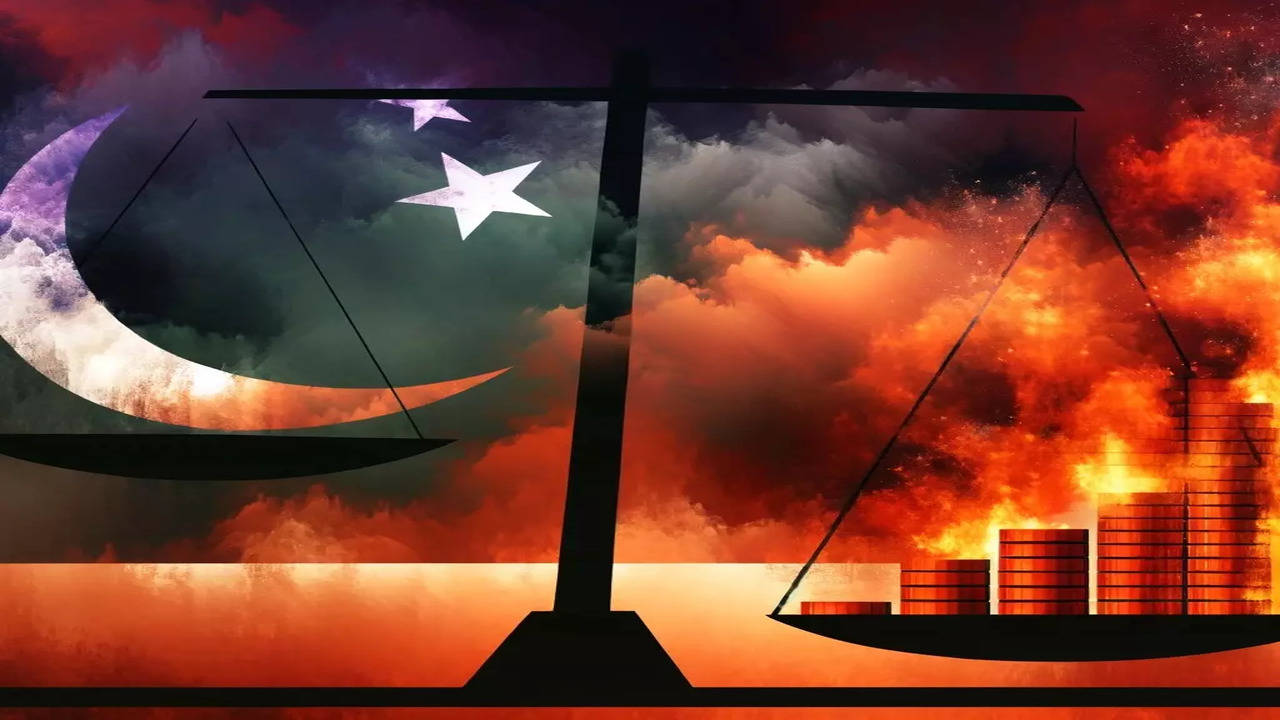Driving the news
The concern over Pakistan’s debt sustainability comes amidst a backdrop of economic pessimism among voters, highlighted by a recent Gallup poll and a contentious election.
The uncertainty has already impacted the country’s stock market negatively. Prime ministerial hopeful Shehbaz Sharif has emphasized the urgency of securing a new IMF bailout to avert a crisis.
How the debt has grown over the years
- Pakistan’s per capita debt increased by 36% from $823 in 2011 to $1,122 in 2023.
- During the same timeframe, Pakistan’s GDP per capita saw a 6% decline from $1,295 in 2011 to $1,223 in 2023.
- The disparity between the growth rates of debt and income in Pakistan indicates a widening financing gap, leading to the need for additional borrowing.
- A comparative illustration shows that a newborn in 2011 inherited a debt of PKR 70,778, while a newborn in 2023 bears a debt of PKR 321,341, marking a 4.5 times increase.
Why it matters
- Since 2011, Pakistan’s external debt has nearly doubled, while its domestic debt has increased sixfold.
- For FY-2024, Pakistan faces an estimated debt maturity of USD 49.5 billion, with 30% as interest payments, excluding bilateral or IMF loans.
- The majority of debt accumulation has supported a consumption-driven and import-heavy economy, lacking investment in productive sectors or industry.
- Pakistan’s debt profile is considered alarming due to unsustainable borrowing and spending patterns.
- The growing population intensifies the need for increased funding in social protection, health, education, and strategies for climate change adaptation and the green transition.
- The intertwined challenges of climate vulnerability and debt in Pakistan present an opportunity for simultaneous mitigation and synergy.
- “Pakistan’s debt is a formidable, existential, and pertinent challenge, that requires immediate and strategic interventions. Debt repayments are at a historic high, deprioritising the needs of a growing population, such as social protection, education, health, and crucially, climate change,” the report said.
Zoom in
The Tabadlab report, authored by Zeeshan Salahuddin and Ammar Habib Khan, reveals that Pakistan’s external and domestic debt has surged dramatically since 2011, with external debt and liabilities almost doubling to $125 billion and domestic debt increasing sixfold. Interest payments now consume a record share of the GDP, underscoring the severity of the debt burden.
The think tank suggests innovative solutions like debt-for-nature swaps to alleviate the debt crisis while addressing environmental conservation needs. Pakistan, prone to climate disasters, requires substantial financial resources for recovery and adaptation, making the intersection of debt and climate change a critical area for intervention.
What’s next
Expand
Tabadlab’s analysis indicates that without transformative change and comprehensive reforms, Pakistan’s debt crisis will only worsen.
“It demands transformational change. Unless there are sweeping reforms and dramatic changes to the status quo, Pakistan will continue to sink deeper, headed towards an inevitable default, which would be the start of the spiral,” the Tabadlab report said.
The economy’s growth is stifled by the increasing debt, which prioritizes consumption over productive investment. As the country stands on the brink of default, strategic interventions are imperative to avert a full-blown economic disaster.
(With inputs from agencies)
